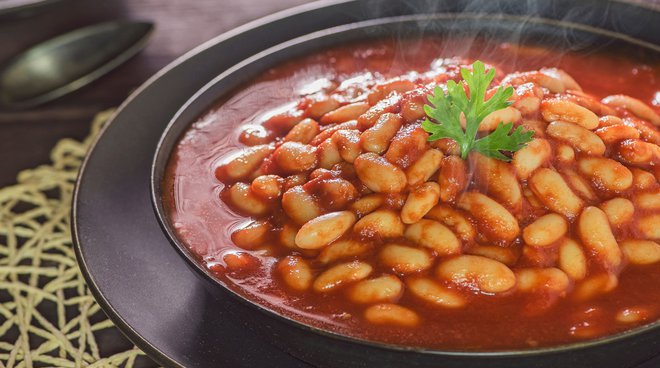Pulp, Passata and Related Products
PASTA FACTS AND FIGURES... IN ITALY AND WORLDWIDE
Italy ranks first place in the consumption of pasta and for pasta quality in the world.

Italy ranks first place in the consumption of pasta and for pasta quality in the world.
Over 3 million tons produced every year, of the 13 million tons produced in the world, where one plate out of four is "made in Italy", sever over 10 in Europe alone.
But who is the most greedy for Italian pasta in the world?
According to Aidepi (The Italian Association of Confectionery and Pasta Industries), the German, French, British, American and Japanese, who, on their own, absorb 61% of Italian exports, a total of 995 million euro a year.
The Italian gourmet icon gains ground in Russia, China and Saudi Arabia - with steadily growing trends - and increasing enthusiasts in Venezuela and Tunisia.
The first consumers are the Italians, with an average of 26 kilograms per person per year, five times the average consumption in the world (5/6 kilograms).
Excluded from this are the brothers and cousins of pasta and spaghetti, like noodles, ramen, ravioli and dim sum.
What makes pasta so loved by everyone in the world?
Surely the variety and versatility of the raw material that - despite being the same - makes it possible to create different dishes every day, from the simplest to the most sophisticated, up to for the true gourmet treats!
Not only food!
Pasta is culture and lifestyle, a tale of the territories and traditions, a product of human and nature's touch, it represents new models of consumption that constantly renew following and bearing witness to the evolution of taste. Pasta is hospitality, sharing, and happiness.
Pasta represents a nutritional model, the staple for a diet balanced between health and substance like the Mediterranean Diet, symbol of simplicity, goodness and sustainability.
From the nutritional standpoint, it is one of the most balanced foods.
> 100 grams of pasta guarantee:
> 79 grams of carbohydrates, a good source of energy
> 11 grams of proteins, essential for various body functions
> 1.4 grams of fat, important macronutrient in terms of energy
> 22 milligrams of calcium, important for bone health and not only
> 189 milligrams of phosphorus, essential to absorb calcium and produce energy
> 192 milligrams of potassium, important to regulate muscle contractions and cardiac rhythm
Among the most loved pasta are spaghetti and rigatoni.
The most used recipe in the world is the traditional Spaghetti with tomato sauce, followed by Carbonara and Amatriciana.
We recommend trying Gabriele Corcos' recipe, Spaghetti with Spicy Shrimp Sauce, prepared with our newest product, Pomì Organic Chopped Tomatoes.
For those who willingly give up meat, we recommend Seitan's vegetarian Amatriciana recipe!
Enjoy Pasta!
We love it! And You?
NEWS
ALSO IN FOOD TRENDS
Pulp, Passata and Related Products
Vegetarian cooking: Middle Eastern recipes with tomato sauce
Vegetarian cuisine has deep roots in many cultures, and Middle Eastern cuisine is by no means an exception.
Pulp, Passata and Related Products
How to prepare real Italian spaghetti with Pomì ingredients
How can you prepare Italian spaghetti? This delicious first course is to all intents and purposes one of the most famous icons of Mediterranean cuisine.
Pulp, Passata and Related Products
Italian taste meets the Middle East: recipes with Italian tomatoes
When the vibrant flavours of the Middle East merge with Italian tomatoes and the culinary tradition of Italy, dishes are born that are nothing less than an ode to the harmony of tastes.


